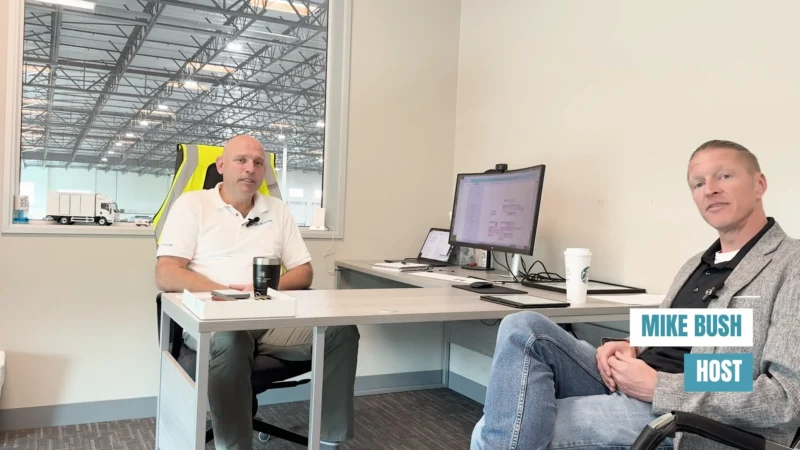Are MaaS and MOD Ready to Solve America’s Traffic Woes?
Though the two solutions have plenty of Venn diagram overlap, they differ in key ways; MaaS refers to an aggregation approach to passenger mobility, or “the integration of various forms of transport services into a single mobility service accessible on demand,” while MOD is more focused on commodifying and managing passenger mobility, or “the ability of individuals to utilize varying transportation modes to make their journeys more efficient or complete.” To break down how these solutions play into New York’s traffic challenges, as well as how they present opportunities for transit reimagined, Voice of B2B Daniel Litwin welcomed Cubic Transportation Systems’ Vice President, Business Development for Road User Charging Marc Deflin to this episode of MarketScale TV.
A study conducted by Cubic of 135 global transportation industry respondents found that “more than half the respondents highlighted MaaS or MOD solutions be considered from a global perspective and that interoperability should be simplified to allow integration of different stakeholders and promote roaming for end users.”
However, challenges linger. How can MaaS and MOD solutions incentivize riders? In New York, should federal funding go toward MaaS and MOD infrastructure versus other critical transportation investments? Can these solutions scale at the rate they need to, particularly in major US cities? Deflin and Litwin offer their perspectives.
Follow us on social media for the latest updates in B2B!
Twitter – @MarketScale
Facebook – facebook.com/marketscale
LinkedIn – linkedin.com/company/marketscale








